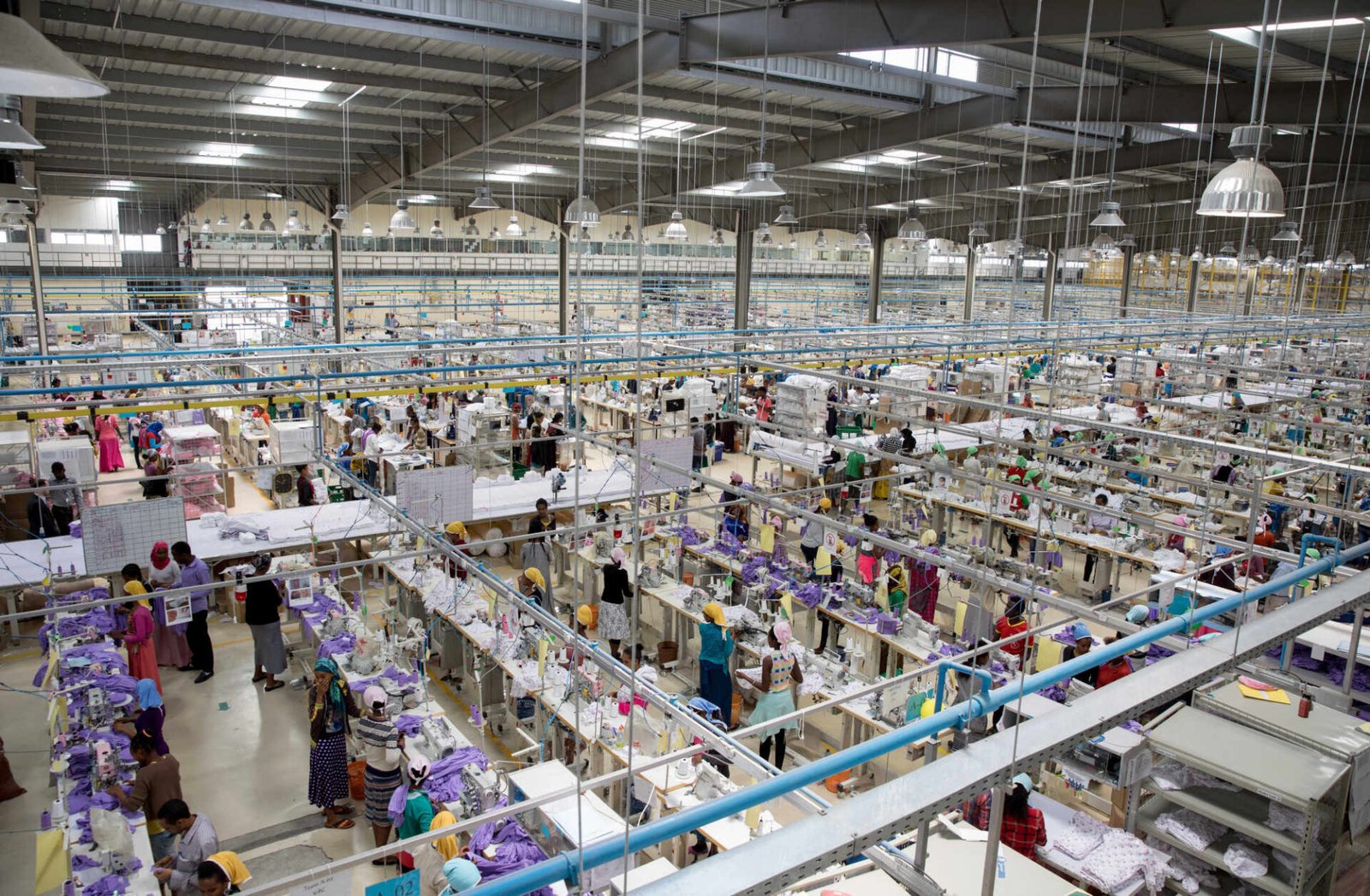The global fashion industry, valued at an impressive $2 trillion, is currently grappling with a significant environmental challenge. In recent years, the industry has been under pressure to address its substantial carbon footprint, which accounts for 2-8% of global greenhouse gas emissions. This has led to ambitious pledges from leading brands to significantly reduce their carbon emissions. However, the path to achieving these targets is fraught with financial and logistical hurdles, especially for the manufacturing sector.
Hong Kong-based Epic Group, a key player in fashion manufacturing, has been at the forefront of efforts to mitigate the industry’s environmental impact. According to Executive Vice-President Vidhura Ralapanawe, the scale of the decarbonization challenge is immense, dwarfing the currently available funds. The complexity of this undertaking is highlighted by the fact that about 80% of the apparel sector’s emissions stem from manufacturing processes.
One of the primary challenges lies in the financial burden associated with transitioning to greener manufacturing methods. Big brands have promised significant cuts in emissions, but the responsibility and cost of implementing these changes primarily fall on manufacturers. There is a growing demand from these manufacturers for brands to share the financial load required for this transformation. This involves investing in low-carbon technology and environmentally friendly processes.
Recently, Transformers Foundation, a New York-based think tank, released a report highlighting the need for collective action to achieve the industry’s climate goals. The report stresses the impracticality and inequity of expecting suppliers, who have significantly less financial muscle than the big brands, to bear the cost of transitioning to a low-carbon model.
To address these challenges, various initiatives have been proposed, including grants, low-interest loans, and direct investments from brands to support suppliers in adopting renewable energy and energy-efficient technology. One such initiative is the Fashion Climate Fund, launched by the Apparel Impact Institute (AII). This fund aims to mobilize $2 billion in finance and cut 150 million tonnes of carbon from the fashion industry over the next three decades.
However, achieving net zero by 2050 will require an investment of over $1 trillion, as per an AII report, underscoring the enormity of the task ahead. The industry must also navigate the diverse priorities and problems of its vast array of suppliers, as solutions that work in one region may not be feasible in another.
The fashion industry’s journey towards a sustainable and low-carbon future is complex and demands significant financial resources, innovation, and collaboration between brands and manufacturers. As the industry moves forward, flexibility and a tailored approach to the unique challenges of different suppliers will be crucial in achieving the ambitious goal of decarbonization.
READ MORE:
